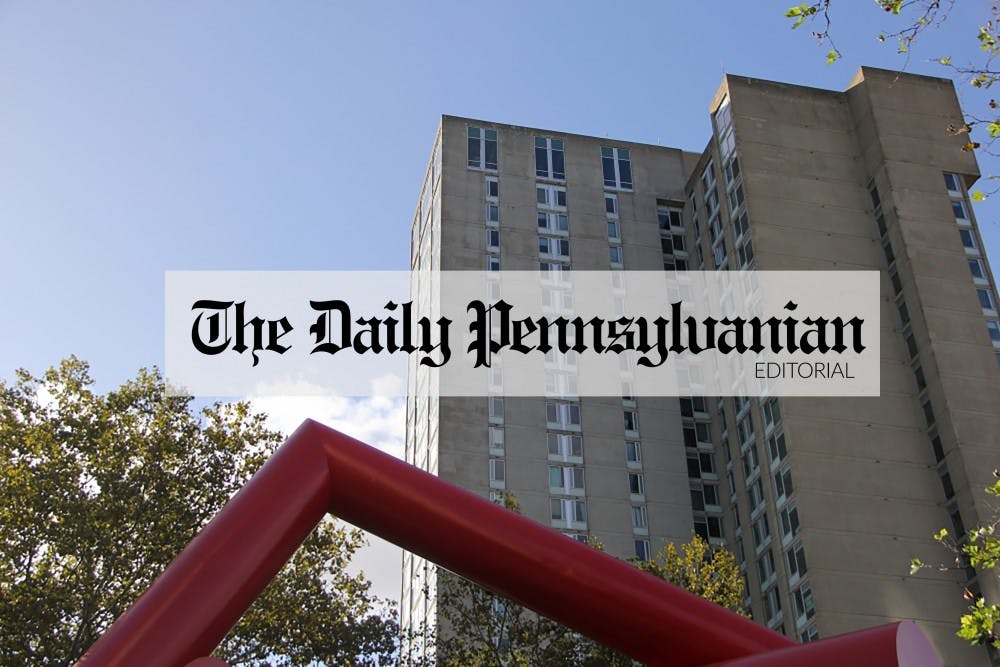
It’s no surprise when Penn increases the cost of being a student every year. In February, the University typically announces a tuition increase, then spins it as only raising the tuition by less than 4 percent. The Trustees typically raise housing and dining prices, too, generally around when students start thinking about where they’ll be living the following year.
But this year, Residential Services announced a significant change in room pricing structure right after fall break. Nearly all freshman rooms will now be one standard price, but rooms with more amenities — namely personal kitchens, bathrooms and private bedrooms — will cost nearly $4,000 more than that price.
Penn says that these changes will benefit students, especially students on financial aid, because it will make it easier for families to plan for freshman year knowing the set price they will have to pay. While under the previous system students could be placed into higher-priced rooms they might struggle to afford, all incoming freshmen will pay the same amount for their first-year housing. The University even cites the fact that this new rent structure will lower profits as evidence of its good intentions for students.
While we question whether this price change will adversely affect profits — the average room rate last year was $8,688, and the minimum price next year will be $800 higher than that, so how are profits decreasing, again? — we are willing to accept Penn’s position that this change is supposed to benefit students. However, we think that the new pricing system is still the wrong choice to make, and in the long run, it won’t be good for students.
Under the new pricing scheme, a large single in Fisher-Hassenfeld costs the same as a cramped double in Hill College House, when the two rooms don’t really provide the same experience (or amenities). On the flip side, over 37 percent of high rise rooms will now be priced at levels comparable to elite, off-campus residences — about $1,470 per month over the academic year — which doesn’t reflect the true value of the rooms.
What these measures really will do is discourage students from staying on campus as upperclassmen. The majority of rooms that will experience price increases are in the high rises, where a large number of on-campus residents move after freshman year. While some high rise rooms will be priced at the lower of the two options (which will still be higher than the current price of $9,062), a large number will see a price jump by about $1,500. At a new price of $13,234 per academic year, living in some high rise rooms will be akin to living in the Radian ($16,140 for the calendar year) and would be more expensive than living in the Hub ($10,380 for the calendar year).
The new pricing system will make it simpler for freshmen on financial aid to plan for their first year — and that is a good thing. However, it also makes it impossible for students to opt into a room that costs less than their financial aid in order to put extra money towards other expenses they might have. Some off-campus residences, on the other hand, cost less than Penn’s cheapest rooms, which will prompt students to move off-campus in order to save money.
Instead of creating uniform prices that will increase every year, the University should prioritize managing price increases so that student costs don’t automatically rise each fall. The average dorm price at Penn has nearly doubled since the 2000-01 academic year, when the average room cost was only $4,754. In fact, the projected minimum room rate for next year is $2,883 more than the inflation-adjusted price in 2000.
While Penn’s new changes are well-intentioned, in reality they won’t be as beneficial as intended. The new prices will hurt students financially — and the Penn community more generally by encouraging students to move off-campus.

The Daily Pennsylvanian is an independent, student-run newspaper. Please consider making a donation to support the coverage that shapes the University. Your generosity ensures a future of strong journalism at Penn.
DonatePlease note All comments are eligible for publication in The Daily Pennsylvanian.





